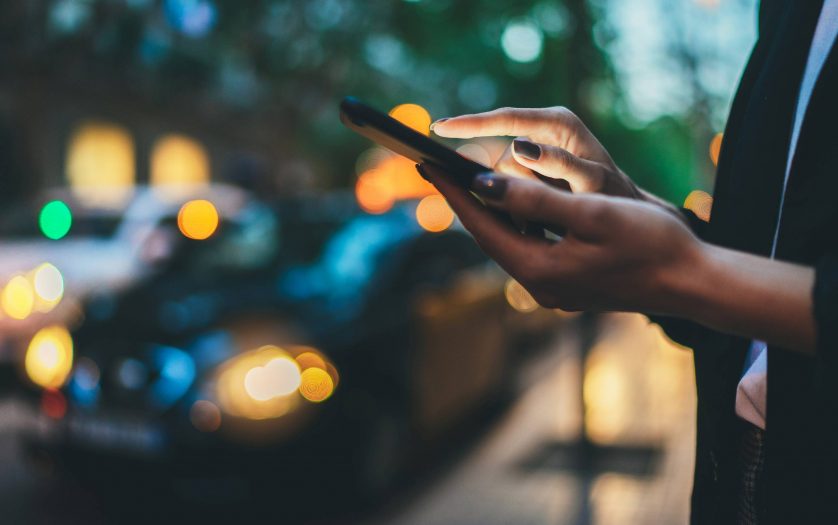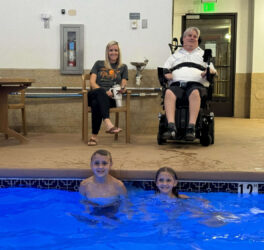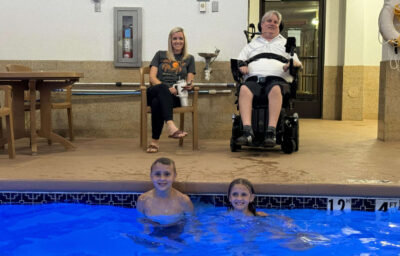
Self-driving cars will offer access to ride-sharing and ride-hailing with their suite of modern conveniences. However, many people with visual impairments who use these services rely on a human driver to safely locate their vehicle.
A research group led by the Virtual Environments and Multimodal Interaction Laboratory (VEMI Lab) at the University of Maine is developing a smartphone app that provides the navigational assistance needed for people with disabilities and seniors to enjoy ride-sharing and ride-hailing, collectively termed mobility-as-a-service, with the latest in automotive technology. The app, known as the Autonomous Vehicle Assistant (AVA), can also be used for standard vehicles operated by human drivers and enjoyed by everyone.
AVA will help users request, find and enter a vehicle using a multisensory interface that provides guidance through audio and haptic feedback and high-contrast visual cues. The Autonomous Vehicle Research Group (AVRG), a cross institutional collective led by VEMI lab with researchers from Northeastern University and Colby College, will leverage GPS technology, real-time computer vision via the smartphone camera and artificial intelligence to support the functions offered through the app.
The U.S. Department of Transportation awarded $300,000 to AVRG for the AVA project through its Inclusive Design Challenge. The initiative sought proposals for design solutions that would help people with disabilities use autonomous vehicles for employment and essential services. AVRG was one of the semifinalists.
This design challenge was exciting to us as it falls so squarely in our wheelhouse. We have worked in the areas of multimodal information access and navigation for visually impaired people and older adults for years, and have recently started a research program investigating human-vehicle collaborations for increasing the trustworthiness and accessibility of autonomous vehicles. This development project connects the dots by allowing us to bridge several areas of expertise to ensure that the technology of the future is ‘accessible for all.'” said Nicholas Giudice, Professor of Spatial Computing, UMaine
Users will create a profile in AVA that reflects their needs and existing methods of navigation. The app will use the information from their profiles to find a suitable vehicle for transport, then determine whether one is available.
When the vehicle arrives, AVA will guide the user to it using the camera and augmented reality (AR), which provides an overlay of the environment using the smartphone by superimposing high-contrast lines over the image to highlight the path and verbal guidance, such as compass directions, street names, addresses and nearby landmarks. The app also will pinpoint environmental hazards, such as low-contrast curbs, by emphasizing them with contrasting lines and vibrating when users approach them. It will then help users find the door handle to enter the vehicle awaiting them.
“This is the first project of its kind in the country, and in combination with our other work in this area, we are addressing an end-to-end solution for AVs (autonomous vehicles) that will improve their accessibility for all,” says Giudice, chief research scientist at VEMI Lab and lead on the AVA project. “Most work in this area only deals with sighted passengers, yet the under-represented driving populations we are supporting stand to benefit most from this technology and are one of the fastest growing demographics in the country.”
AVRG studies how autonomous vehicles can meet various accessibility needs. VEMI lab itself has explored tactics for improving consumer trust in this emerging technology.








